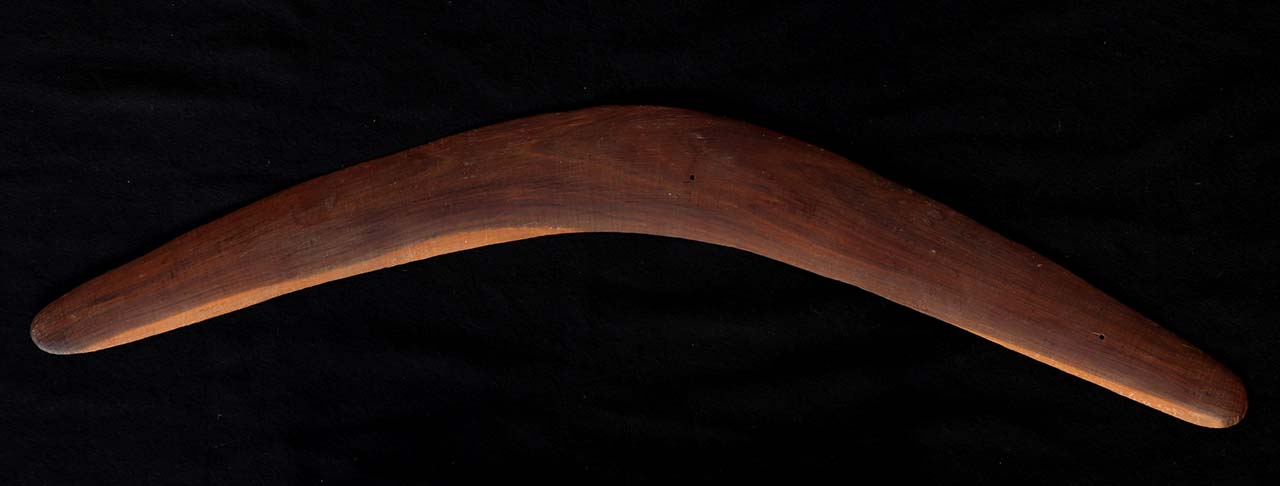What is a primary source?
This piece of information was made at the time it discusses, or before the Europeans arrived
Name a main product First Nations people grew and harvested.
Grains and/or yams
What are songlines?
Routes across Australia that First Nations people have used for thousands of years.
First Nations people would use songlines to travel from one group to another, trading as they did so.
What is aquaculture?
Aquaculture is the breeding, growing, and harvesting of fish, shellfish, algae, and other organisms in water environments.
What is the totem that First Nations people used to start fires?
A fire stick.
What is a secondary source?
This piece of information was made after the time it discusses, or after the Europeans arrived
Describe where certain foods were grown in Australia and give reasons why.
People who lived in Inland areas that had low yearly rainfall grew grains.
People closer to the coast grew yams because they had higher rainfall.
An example of a funerary custom of First Nations people is...
Ceremonial practices, traditional burial practices and mourning periods.
Which Site is this?

Budj Bim Eel Traps
Provide three reasons First Nations people used fire.
Fires were used to:
- Regenerate soil to encourage certain plant growth (medicines and plants certain animals are)
- Remove weeds and useless grasses
- Maintain landscapes that suited hunting
- Reduce fuel loads to prevent massive bushfire events
- Protect sacred sites
- Maintain trade routes
What type of source is this traditional boomerang?

A Primary Source
What were "digging sticks" used for?
First Nations people harvested yams using
a natural object, plant or animal that is inherited by members of a Clan or family as their spiritual emblem.
Totems
Explain how the Brewarrina Fish Traps caught fish.
What knowledge is needed for fire-stick farming to work?
Reading the country - kind of plants, soil
Time of month / year to burn so it doesn't get too intense
Burn in a circle to give animals time to escape
What type of source is this Museum Display?
A secondary source.
What were "grindstones" used for?
Grindstones were used to grind up grain, making a powder/flour which was baked into bread.
Provide the name of one of the songlines we looked at in class.
Seven Sisters Songline.
Explain the significance of Budj Bim.
Known for its aquaculture system which included a complex network of stone channels, weirs and dams that were used to trap and harvest eels.
What are the benefits of fire-stick farming?
Reduces risk of bushfires, regenerates soil and kills of unwanted plants
What type of source is this Statue?

A Secondary source
Describe the historical significance of First Nations people's agricultural practices.
Multiple answers
What is a mourning cap? Explain what it looked like, what it was used for and what they did with them once finished.
Mourning caps were worn throughout the mourning period which could last anywhere from a week to six months. All were predominantly white in colour - the traditional colour of the dead for most Indigenous Australian cultures. When the time of mourning was over, the mourning caps were removed and placed on the grave of the deceased.
Explain how the eel traps allowed First Nations people to build villages.
The Gunditjmara eel traps at Budj Bim meant people could stay and live there, they did not have to be nomadic.
Explain why First Nations peoples managed country using fire-stick farming.
They did it to protect their land, regenerate soil and kill of unwanted plant species. Sometimes they also used fire for cultural ceremonial practices.